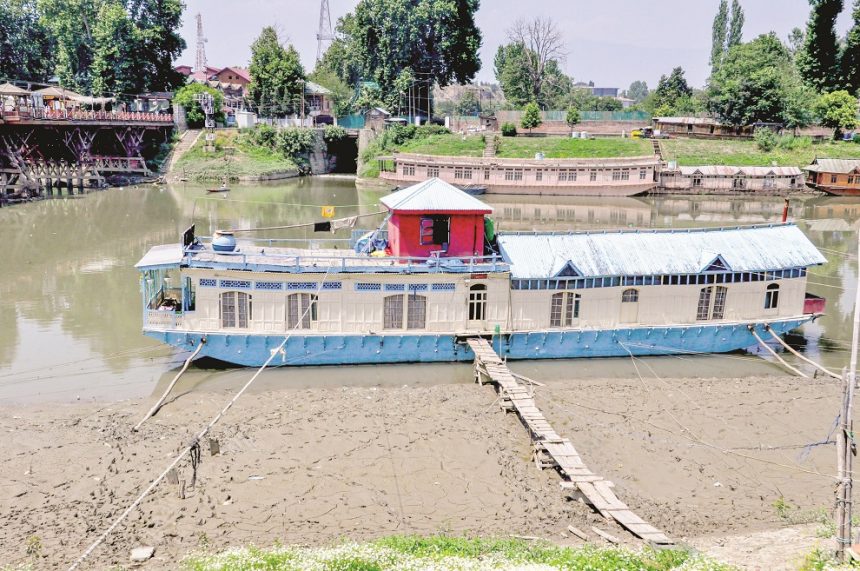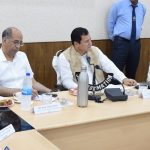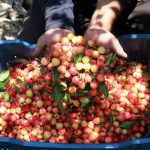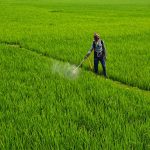Srinagar, June 18: The Meteorological Department has forecast continued dry weather across most parts of Kashmir until June 20, while the Jammu division is likely to experience rain and thunderstorms between June 21 and 22. The department has also issued alerts for flash floods, mudslides, and shooting stones in vulnerable areas during this period.
According to officials, conditions will remain largely dry across both regions until June 20, with only isolated areas potentially witnessing brief spells of rain or thundershowers accompanied by gusty winds.
The summer capital Srinagar recorded a maximum temperature of 30.5°C on Wednesday, which is 2.1°C above the normal, while the minimum settled at 16.3°C — 1.2°C above average.
Qazigund reported a high of 29.6°C and a low of 15.6°C, both more than 2°C above seasonal norms. Pahalgam remained relatively cooler at 24.2°C, but its night temperature stood at 12.2°C, significantly warmer than the normal 8.8°C.
Kupwara and Kokernag also saw temperature departures above normal, with Kupwara recording 28.1°C as the maximum and 13.1°C as the minimum. Gulmarg recorded a maximum of 19.6°C, close to its usual range. Konibal remained on the warmer side with a daytime high of 30.1°C.
In contrast, the Jammu division continued to experience scorching heat. Jammu city sizzled at 35.5°C, though slightly below its normal of 38.1°C.
Banihal recorded 28.2°C, while Katra, among the hottest locations in the division, touched 31.8°C, with high morning humidity adding to the discomfort. Kathua also reported severe heat conditions at 34.8°C, even though it was 2.5°C below the seasonal norm.
Other major towns such as Reasi (34.7°C) and Udhampur (34.4°C) reflected the persistent hot spell gripping the region. Ramban recorded one of the highest temperatures at 38.7°C, while Rajouri (31.6°C) and Samba (31.7°C) remained hot and humid.
In southern and northern districts like Baramulla (29.1°C), Pulwama (28.4°C), and Anantnag (29.0°C), day temperatures remained within seasonal range, though night temperatures were relatively warmer.
In Kishtwar, the day temperature touched 27.8°C, while the minimum was 17.9°C.
Director Meteorological Department Dr. Mukhtar Ahmad told Rising Kashmir that after June 20, a shift in weather is expected.
“Between June 21 and 22, many areas — particularly in the Jammu Division — may receive intermittent spells of rain and thundershowers. Conditions are expected to turn generally dry again on June 23 and 24, with isolated showers possible,” he said.
Further, from June 25 to 27, the weather is expected to be generally cloudy with light to moderate rainfall at several places, marking an end to the current dry phase.
The department has advised farmers to continue agricultural activities until June 20, citing favourable weather. However, an advisory has been issued for June 21–22, warning of moderate to heavy rainfall, which may lead to flash floods, landslides, mudslides, and shooting stones in vulnerable terrain.
According to officials, conditions will remain largely dry across both regions until June 20, with only isolated areas potentially witnessing brief spells of rain or thundershowers accompanied by gusty winds.
The summer capital Srinagar recorded a maximum temperature of 30.5°C on Wednesday, which is 2.1°C above the normal, while the minimum settled at 16.3°C — 1.2°C above average.
Qazigund reported a high of 29.6°C and a low of 15.6°C, both more than 2°C above seasonal norms. Pahalgam remained relatively cooler at 24.2°C, but its night temperature stood at 12.2°C, significantly warmer than the normal 8.8°C.
Kupwara and Kokernag also saw temperature departures above normal, with Kupwara recording 28.1°C as the maximum and 13.1°C as the minimum. Gulmarg recorded a maximum of 19.6°C, close to its usual range. Konibal remained on the warmer side with a daytime high of 30.1°C.
In contrast, the Jammu division continued to experience scorching heat. Jammu city sizzled at 35.5°C, though slightly below its normal of 38.1°C.
Banihal recorded 28.2°C, while Katra, among the hottest locations in the division, touched 31.8°C, with high morning humidity adding to the discomfort. Kathua also reported severe heat conditions at 34.8°C, even though it was 2.5°C below the seasonal norm.
Other major towns such as Reasi (34.7°C) and Udhampur (34.4°C) reflected the persistent hot spell gripping the region. Ramban recorded one of the highest temperatures at 38.7°C, while Rajouri (31.6°C) and Samba (31.7°C) remained hot and humid.
In southern and northern districts like Baramulla (29.1°C), Pulwama (28.4°C), and Anantnag (29.0°C), day temperatures remained within seasonal range, though night temperatures were relatively warmer.
In Kishtwar, the day temperature touched 27.8°C, while the minimum was 17.9°C.
Director Meteorological Department Dr. Mukhtar Ahmad told Rising Kashmir that after June 20, a shift in weather is expected.
“Between June 21 and 22, many areas — particularly in the Jammu Division — may receive intermittent spells of rain and thundershowers. Conditions are expected to turn generally dry again on June 23 and 24, with isolated showers possible,” he said.
Further, from June 25 to 27, the weather is expected to be generally cloudy with light to moderate rainfall at several places, marking an end to the current dry phase.
The department has advised farmers to continue agricultural activities until June 20, citing favourable weather. However, an advisory has been issued for June 21–22, warning of moderate to heavy rainfall, which may lead to flash floods, landslides, mudslides, and shooting stones in vulnerable terrain.










